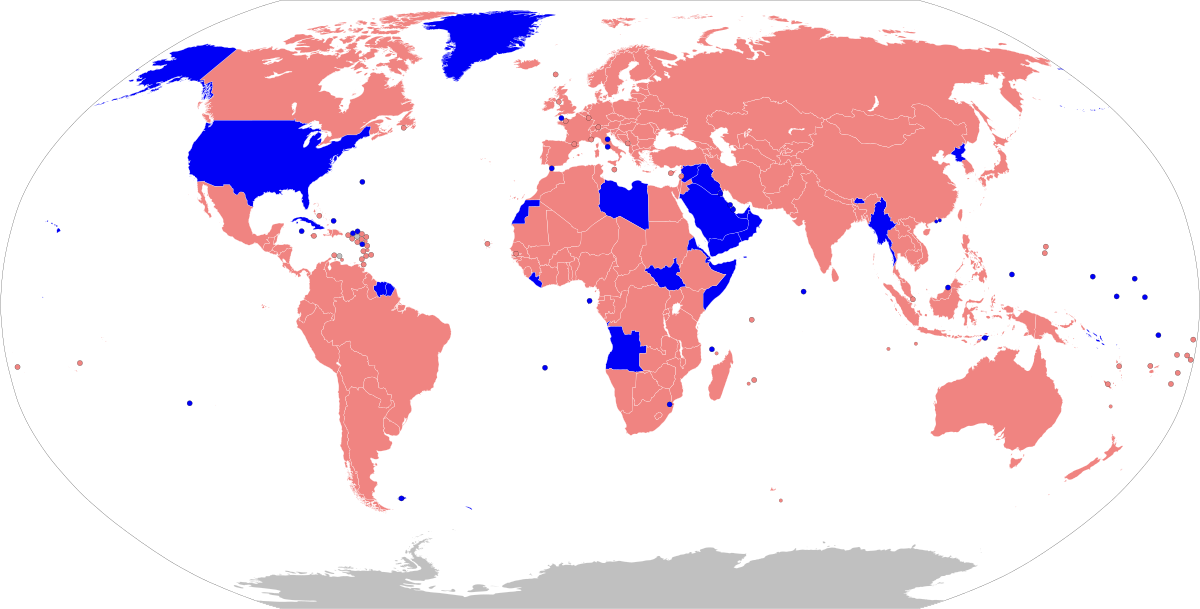Contents:


The most common disbursement of all is invoice payments made to suppliers in exchange for goods and services received. Closely related to controlled disbursements, delayed disbursements keep funds from a disbursement check in an account as long as possible. Historically, checks could only be cashed when the issuing bank received the physical piece of paper.

You know exactly how much your agent spent on purchasing the goods and/or services from the supplier. They do not have the authority to change the nature or value of the goods and/or services to be supplied unless specially instructed by you. They are not legally obligated to pay the supplier but are authorised by you to do so. Hence, the supplier’s invoice bears your name and not theirs.
Bank Accounts and Payment Process Profiles Are Assigned
This is because all payments will be recorded in one place, making it easy for businesses to track their spending. Various Registered Investment Company products (“Third Party Funds”) offered by third party fund families and investment companies are made available on the platform. Certain of these Third Party Funds are offered through Titan Global Technologies LLC. Other Third Party Funds are offered to advisory clients by Titan. Before investing in such Third Party Funds you should consult the specific supplemental information available for each product. Please refer to Titan’s Program Brochure for important additional information. Certain Third Party Funds that are available on Titan’s platform are interval funds.
For example, FedEx may pay duty and tax charges for a shipment on behalf of a customer, and then add a disbursement fee to its bill to the customer to cover the payments. In general, the main difference between reimbursement and disbursement is that one is the instance or process of disbursing while the other is the act of paying. From the VAT point of view, the two systems are significantly different. That’s because reimbursements are subject to VAT, while disbursements are not.
Customer refunds
https://1investing.in/ records document how much cash is flowing out of the business or organization, where it’s going, and for what purpose. Date, name, amount, and payment method are all part of the record-keeping. Disbursements are payments from a company or another payer and are generally issued to a smaller recipient in the forms of cash, check, electronic transfer, or other. Common examples include cash dividend payments, employee salaries, rent payments, and customer refunds. List every cash disbursement with the debit first, then the credit that balances it on the opposite side of the ledger or a matching debit on the same side. Peter joined DA-Desk in 2004 and has worked with all aspects of the services provided to customers including operations and customer experience, all which benefit him in his current role as the Sector Manager.
Here, A is required under law to inform ACRA of a change in its name, have the new name registered, and pay for it. As B paid the fee in its capacity as A’s agent, B recovers the expense from A as a disbursement. In this article, we will discuss disbursements and reimbursements and show you how to tell the two apart with the help of some everyday examples. An account is an arrangement by which an organization accepts a customer’s financial assets and holds them on behalf of the customer. A disbursement fee is usually a vendor’s charge to cover payments made by the vendor in the course of its work on behalf of a customer.
What is Cash Disbursement in Accounting?
On the basis of the bills for the services, the agent draws a consolidated bill, which is known as disbursement account. The disbursement account should be drawn up properly and accompanied by documented proof for each item of expense. It is only then that money should be paid to the benefit or care of the beneficiary. It can be difficult to settle an estate, so do everything by the book and with care. This process can be incredibly stressful as beneficiaries may taunt or encourage you to distribute funds prematurely – but this is a mistake. Ensure that you settle funds first so you don’t pay for it later – literally.
- For example, if you’re creating an annual budget for your business, you might want to know your average monthly overhead.
- This is because senior executives must manage company money smartly so investors and lenders will perceive the organization as a lower credit risk.
- The delay increases the potential for extra interest income.
- Money which has been restricted by the donor for a specific use (such as buying a new building, starting a new program, building an endowment, etc.) should only be used for the purpose for which it has been given.
Record-keeping for disbursements also enables a company to meet audit requirements, spot potential fraud, and make realistic plans. In this example, expenses payable is a liability account, so the amount is debited to decrease the amount of liabilities the company owes. The cash account is credited, which decreases the amount of cash. Loan repayments are a credit to cash and a debit to loans payable, a liability account.
He is a seasoned seafarer with about 20 years of seagoing experience on various types of vessels. Sarah joined DA-Desk in November 2021, and is responsible for commercial contact with customers, the onboarding of new customers and ensuring the smooth and efficient running of PortPayables. Zoe is based in London, UK and supports existing, new, and future customers across Europe. Bruce has a degree in commerce from Stellenbosch University in South Africa, and is a qualified chartered accountant.

It is the responsibility of a trustee to disburse or distribute funds from the trust. While these actions may sound similar, they mean different things and have different purposes. Get details about what each one means and what you should know. In this scenario, you divide your annual insurance cost by 12 and apply that amount to each month. If your insurance is $2,400 per year, you’d apply $200 per month to your overhead expense. However, you might pay your insurance in quarterly premiums of $600 each.
encumbrance accountinges should use accounting software to record and track payments. Next, you need to set up a system for tracking and recording these payments. There are many software programs that can help you with this.
Kelly Bullis: Avoid mistakes in your will/trust – Nevada Appeal
Kelly Bullis: Avoid mistakes in your will/trust.
Posted: Tue, 21 Mar 2023 07:00:00 GMT [source]
Disbursements can be controlled, delayed, positive, or negative. Here’s a little more info on the other disbursement types you might encounter. If a reimbursement constitutes a supply and is subject to GST, you can claim input tax on it. Input tax is the GST you pay when you make a purchase from a GST-registered supplier or import goods into Singapore. They decide the value of the expense to recover as reimbursement.
- Review spend in real-time.Payable Management Streamline your entire account payable process from bill submission to accounting sync.
- Expense Management Control company expenses with budgets, employee cards and claims.
- Information provided by Titan Support is for informational and general educational purposes only and is not investment or financial advice.
- While these actions may sound similar, they mean different things and have different purposes.
To dispel any confusion with that, credits and debits work differently on the liability side. Cash dividends are the one cash disbursement that doesn’t credit the cash account because you should have a “retained earnings” account on the other side of the ledger. That is debited, and “cash dividends payable” is credited. Expanding on the definition above, cash is a “T-account” in your general ledger. Think of a T-account as a sub-account inside the general ledger that’s set up with debits on one side and credits on the other. For asset accounts, debits are money in, and credits are money out, indicating cash flow.
A drawdown is a measurement of a decline in the value of an account resulting from a disbursement. When you’ve actioned a disbursement, the consequence of that transaction is a drawdown. The term “drawdown” is mostly used to discuss disbursement from a large account, like a retirement fund. Funds that are relocated by an intermediary, like a lawyer’s payment to another party on your behalf, can also be considered a disbursement.
These are known as disbursement fees, and they’re added to the bill to cover the outlay. Almost everyone will receive a disbursement at some point. Governments, companies, lenders, and other organizations all disburse money as part of doing business. Disbursements are a key ingredient in commerce everywhere, keeping the global money supply flowing. They are logged in the general ledger as a credit to the cash account and either a credit to an account on the liability side or a matching debit on the asset side of the ledger. Because of this, it’s critical for businesses to keep track of these financial transactions.
